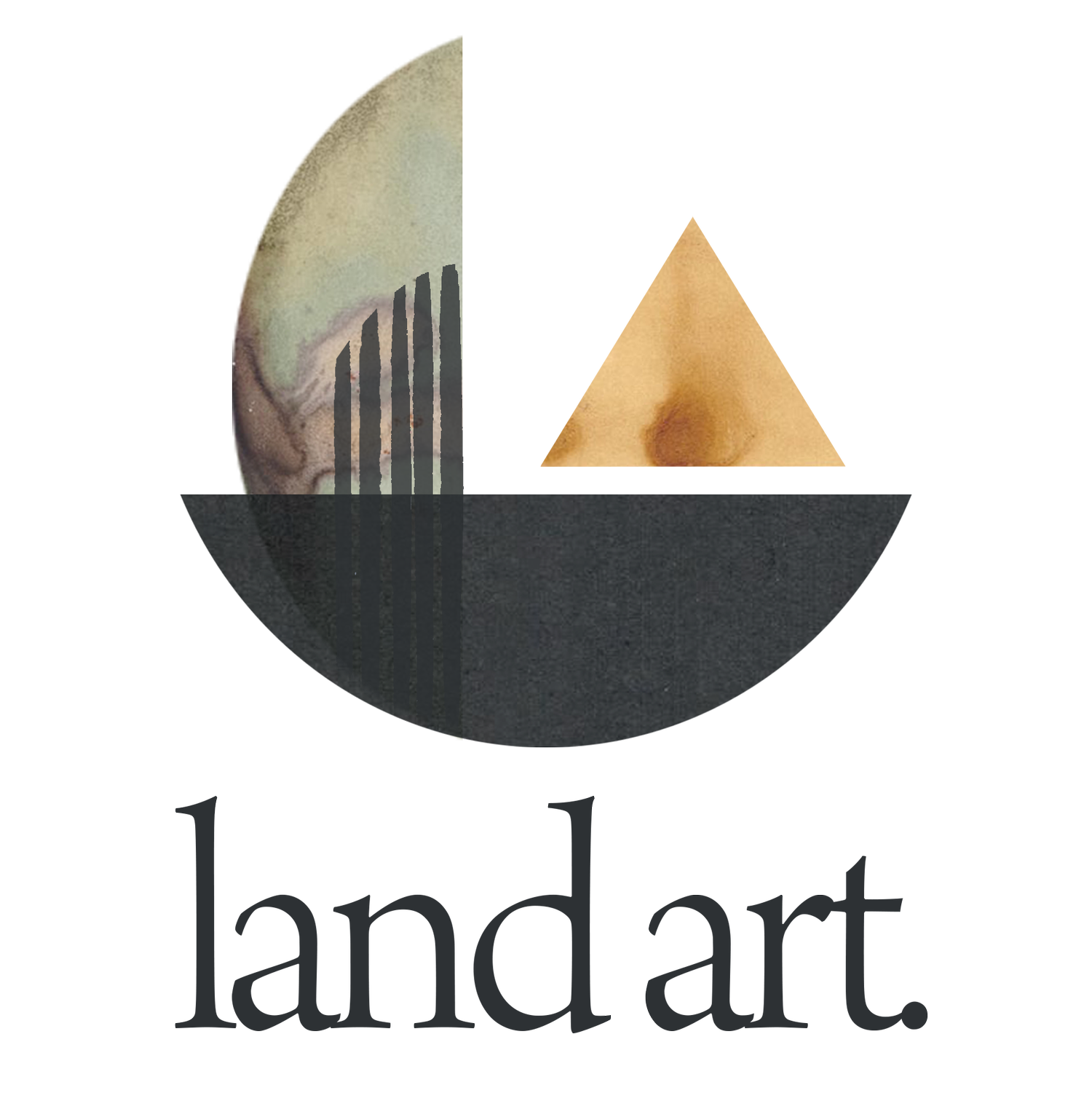Satellite Punctures | Bethany Rigby
Black and white Giclee print, Hahnemüle Pearl paper
A4 (210mmx297mm)
First edition print run of 10
Signed by artist
Item Location: Ramsgate, UK.
UK Postage Included
Satellite Punctures
This punctured document is the resulting artefact from a process of counting satellites. Over the duration of The Sustainable Futures: Outer Space residency, run by Land Art Collective and amongst discussions on the accumulation of orbital debris and implications of satellite communication, I felt compelled to track the number of satellites sent into space. I felt I wanted to try and quantify what had felt, and is intended to feel, unquantifiable. Satellites are being sent into space at a greater pace than ever before, yet their small size compared to the atmosphere they occupy makes it difficult to see them in perspective. The for-profit commercial space industry presents the view that the upper atmosphere and outer space is an endless habitat too vast to exploit, and therefore the largely unregulated and unbalanced proliferation of these technologies is admissible.
The Outer Space Treaty is a document standing as a buffer against entirely unregulated commercial occupation of Space, but it leaves many gaps where avoidance of blame occurs. The puncturing of the printed document with each satellite placed into orbit acts as visual representation of the slow destruction of the viability of the OST to protect space as a global commons. Accumulation of orbital traffic contributes to a greater risk of collisions and impacts with orbital debris. Impact from debris damages satellites and other orbital machines, and this debris is a real and growing problem that affects the safety of current space missions such as the astronauts aboard the ISS, and decreases the safety for all future space endeavours (disproportionally affecting emerging space agencies). The satellite punctures in the OST are also reminiscent of the damage inflicted by orbital debris onto surfaces such as solar arrays and body panels, as can be seen in retrieved machines such as the Hubble Telescopes Wide Field Planetary Camera.





